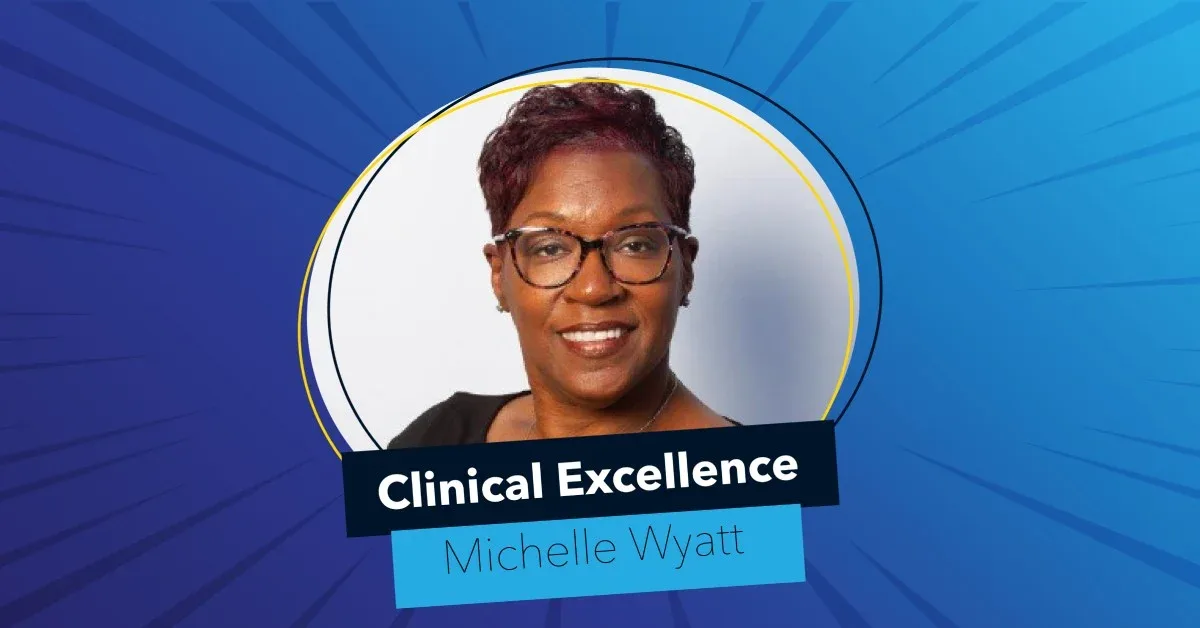What is clinical excellence? To Xsolis Director, Clinical Practice, Michelle Wyatt, DNP, MSN, RN, IQCI, CPHM, it means “to excel in clinical aspects of patient care.” And the Clinical Excellence team at Xsolis strives to help their clients achieve that goal by stripping away the administrative layer that keeps them from working at the top of their license. Wyatt and her team work with UR experts across the nation to ensure the CORTEX go-live process is as seamless as possible, while always keeping the patient in focus. CORTEX has transformed and is now reintroduced to the market as Dragonfly.
 Wyatt’s team prepares case managers and UR leadership to be agents of change at their hospitals so their UR processes can become more efficient and less fragmented. During the time frame in which a hospital prepares to launch Dragonfly [CORTEX], the Clinical Excellence group seeks to achieve three specific goals: first, to understand and adapt to the unique facets of each hospital or system. The next is to engage and educate while building relationships with the UR teams already in place. Finally, they endeavor to adapt to the hospital environment and offer consultation on ways to streamline workflows. This team of primarily registered nurses will capture the current workstream and help to build best practices to support successful Dragonfly implementation.
Wyatt’s team prepares case managers and UR leadership to be agents of change at their hospitals so their UR processes can become more efficient and less fragmented. During the time frame in which a hospital prepares to launch Dragonfly [CORTEX], the Clinical Excellence group seeks to achieve three specific goals: first, to understand and adapt to the unique facets of each hospital or system. The next is to engage and educate while building relationships with the UR teams already in place. Finally, they endeavor to adapt to the hospital environment and offer consultation on ways to streamline workflows. This team of primarily registered nurses will capture the current workstream and help to build best practices to support successful Dragonfly implementation.
Chrashona Goodwin, RN, CCM, CPHM, Xsolis Senior Manager of Clinical Excellence, characterizes her role as “guiding the process to implementation by identifying missing gaps in ways hospital UR teams do their work through on-site workflow assessments.” The Clinical Excellence team determines what type of case management model the hospital has, which defines a lot about their overall approach. It also helps them to understand how their current processes work. (How are cases currently reviewed? How will they be? How can Dragonfly help shape and support the process?)
Communication is paramount when embarking on the voyage to new technology implementation, like that of a Dragonfly go-live. All players on both teams must be fully engaged in the process and ready to embrace the new system to realize success. Wyatt elaborates, “we place a huge importance on education of the product. What is Dragonfly [CORTEX]? How does it work? Why will it benefit the patient, staff and payers?” Clarity into these important conversations gives new users confidence in not only the product, but in the journey as well.
Many of the members of the Clinical Excellence team have case management experience which lends an extra layer of relatability among the Xsolis team and the hospital UR team. Wyatt is quick to point out that change can be tough at first, but it is worth it in the end. The job of her staff is to “support, teach and reassure” and she offers hospital peers on the front lines the following advice: “this ship will not be built in a day. Don’t be too hard on yourselves during the transition process. Give yourself time to learn and absorb the new system in which you will be working.”
The key is to provide reassurance and keep staff focused on the big picture. “UR teams that want to learn and succeed will prevail in their pursuit.”
